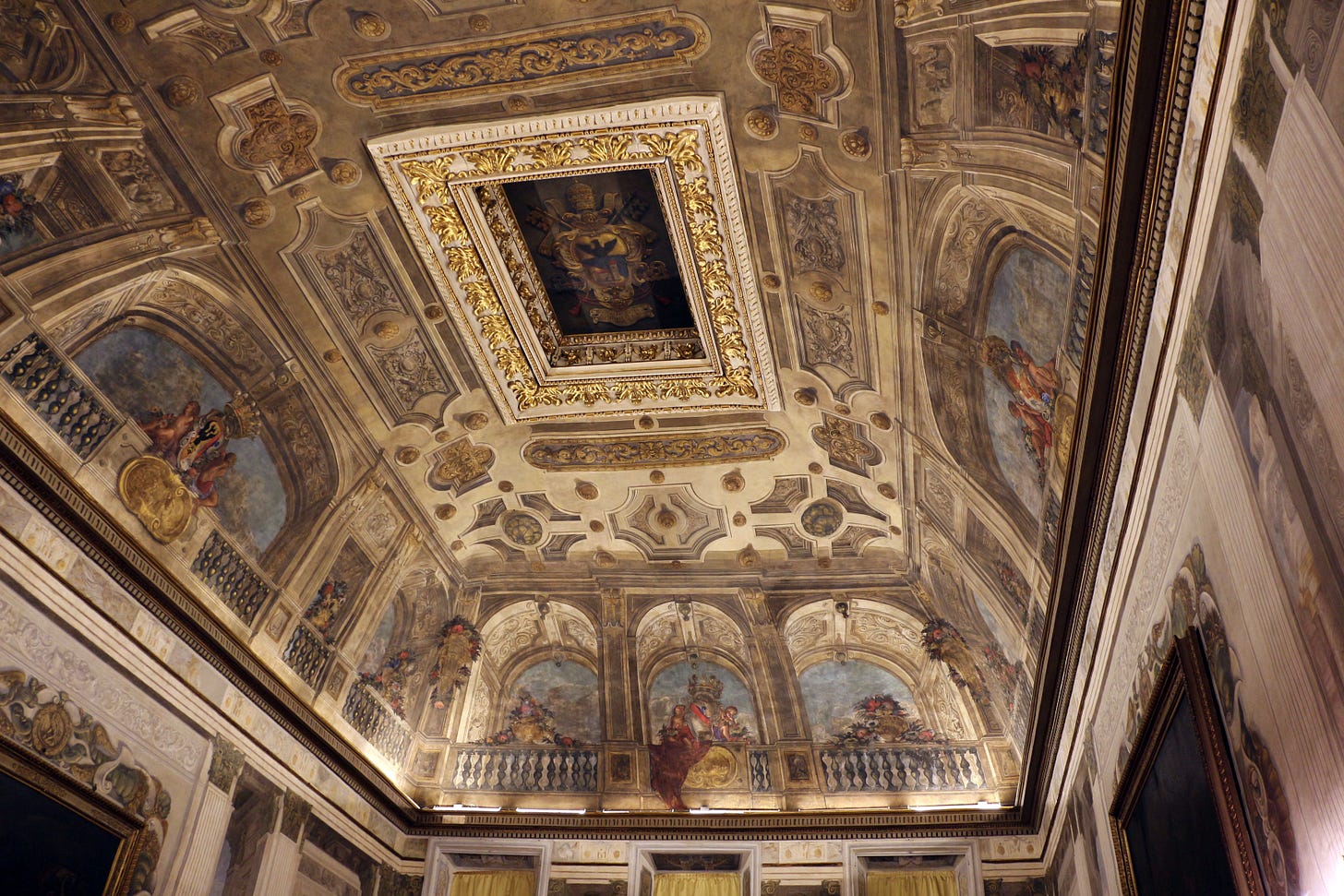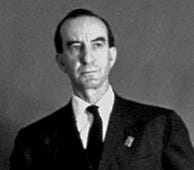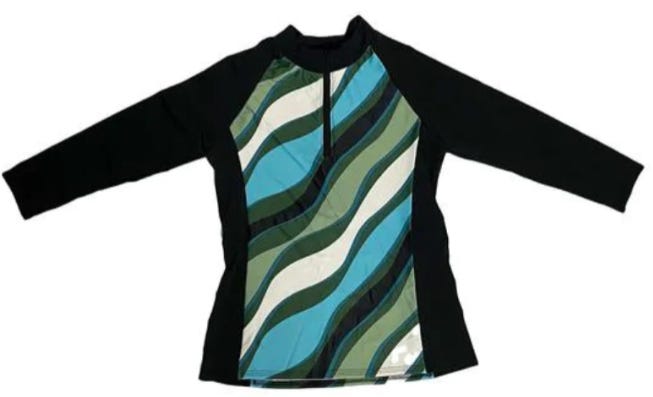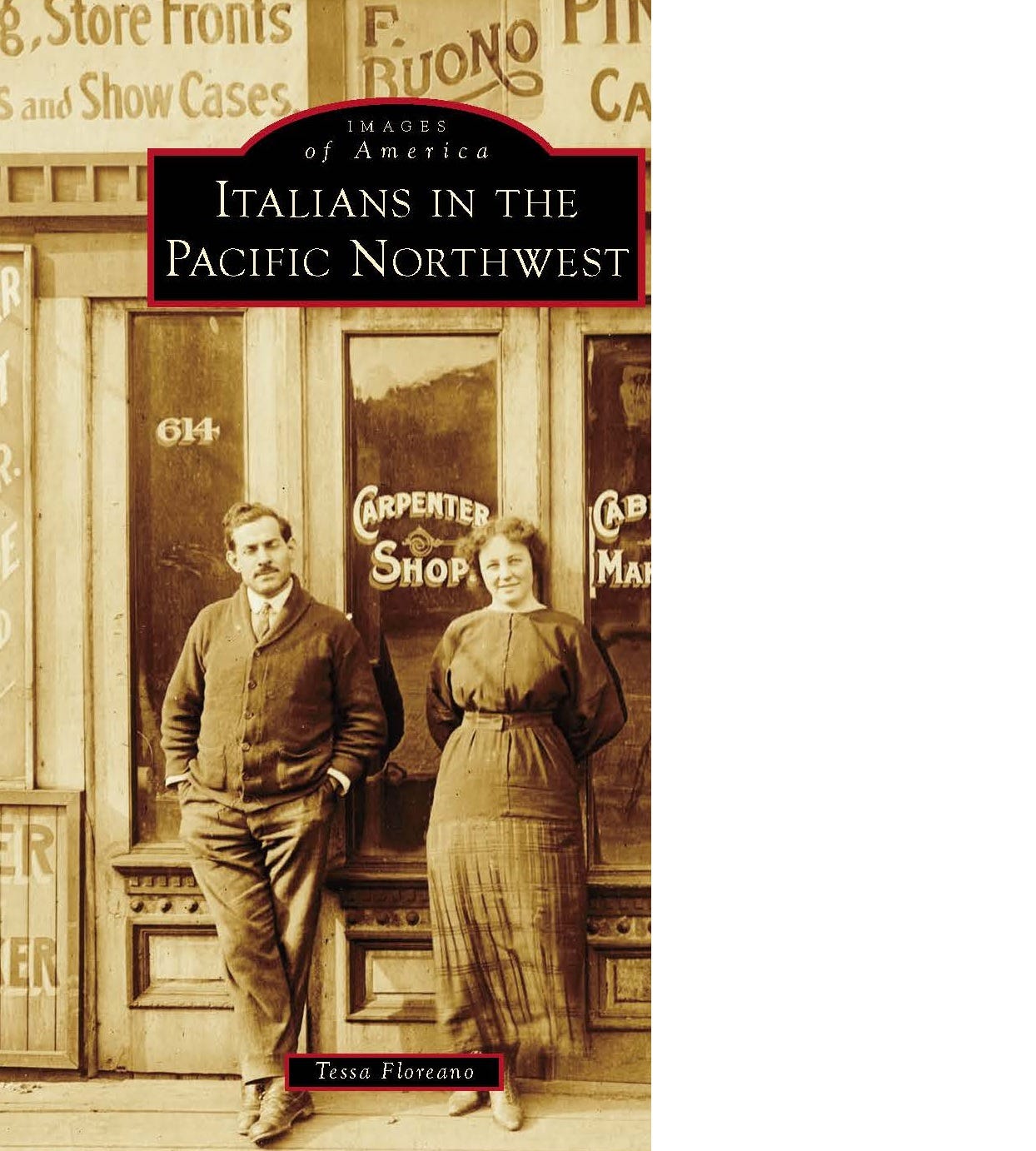Emilio Pucci, the king of kaleidoscope
The iconic, multi-color abstract swirl was the Florentine nobleman's signature design—still popular today—but he started humbly, and in the Pacific Northwest to boot.
Born in Florence, the playground of the powerful Medici family, Pucci—known officially as Don Emilio Pucci, Marchese di Barsento—was a member of one of the city’s oldest aristocratic families. He grew up and died in the Renaissance-era Palazzo Pucci on Via de' Pucci, a grand palace infused with decorative arts at every turn. Timeless frescoes, Neoclassical plasterwork, signature ceramics, and stunning sculptures dotted the rooms where Pucci played until he left it all behind as he set himself upon America.
Palazzo Pucci - East part - Main Hall, courtesy of Sailko.
He started by joining the Italian team in Lake Placid, New York for the 1932 Olympic games, but he did not compete. From there, he spent a few years in Georgia studying cotton agriculture. Soon bored, his time there was not ill-spent because what he learned was important enough to inform his designs in later years when he concentrated his efforts on natural fibers like cashmere and cotton. Eventually, silk jersey, the culmination of his search for a signature fabric, was not only lightweight, but would later appeal to members of the jet-set crowd that loved how well it packed for travel.
In 1935, he landed at Reed College in Portland Oregon after he won a skiing scholarship. A stroke of luck, really, because his family fortunes were inaccessible in the growing tensions of the run-up to WWII in Europe. In return for room and board, he struck a deal with the President to teach the ski team and it was in the Pacific Northwest that he created his first design—the uniform for the school’s ski team. Two years later, this temporary immigrant received an MA in social science. In the same year, he was awarded his doctorate (laurea) in political science and law from the University of Florence.
Sourced from The Prince of Prints: Emilio Pucci, published by Taschen
Soon after returning home to Italy, he was drafted into the Italian Air Force serving in Ethiopia. Winning a medal for valor after surviving several fighter-pilot missions that destroyed the majority of his squadron, he contracted a near-fatal tropical fever. While recuperating in Capri in 1943, he encountered, by chance, Edda Ciano, a childhood friend and the eldest daughter of Benito Mussolini. He was instrumental in helping her escape Italy after her father had had husband tried and executed for treason. Pucci was later captured in Verona by the Gestapo and they tortured him to reveal the whereabouts of Edda’s husband’s very incriminating diaries about his work with the Nazis.
Shortly after the war, Pucci successfully ran for the economically conservative Italian Liberal Party and served two terms in the Italian Parliament. But his talents were better served in fashion rather than in politics, and his time in Capri reminded him of his love of design.

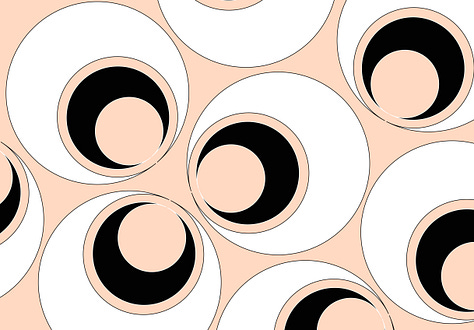
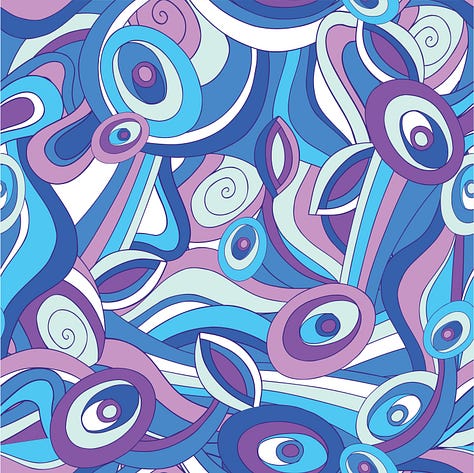
A risk taker, Emilio achieved international recognition and fame when he explored and crossed the boundaries of textile design through both art and science. He became known as The Prince of Prints and his eponymous designs were everywhere—on housewares, including glassware, wallpaper, and linens as well as scarves, belts, handbags, shirts, perfumes, shoes, and eyeglasses. His clothes and accessories became status symbols worn by the likes of Capri regulars: Sophia Loren, Jackie O, and Marilyn Monroe. His vibrant palette even made it onto ski wear, swimwear, flight attendant uniforms, and the patch for the Apollo 15 astronauts—although the latter design was a bit subdued.
I have to wonder how many Portlanders ever wore his “swirly” not-so-subdued jeans.
Courtesy of Net-a-Porter.com
The charismatic nobleman returned twice to his alma mater in Portland—once in 1957 and again in 1987, even holding a fashion show and designing a T-shirt to coincide with his respective visits. His heart attack in 1992 was sudden and his death unexpected, though his powerhouse brand lives on.
2022 rashguard top and swim skirt, courtesy of Net-a-Porter.com
In an Italy and a Europe recovering from the ravages of war, Emilio Pucci energized fashion by pioneering moveable fabrics in eye-catching geometric prints. He parlayed his first humble design—a ski suit perfect for the slopes of Mt. Hood—into the global force that is today, the House of Pucci. People the world over are still as enamored over its glamorous color palette and signature psychedelic patterns as ever, and little do they know it all started in the Pacific Northwest.
You can find additional information about Emilio Pucci in my upcoming book, ITALIANS IN THE PACIFIC NORTHWEST (Arcadia Publishing, Sept. 25th).
Be sure to pre-order now at Amazon, Barnes & Noble, and Bookshop.org.



